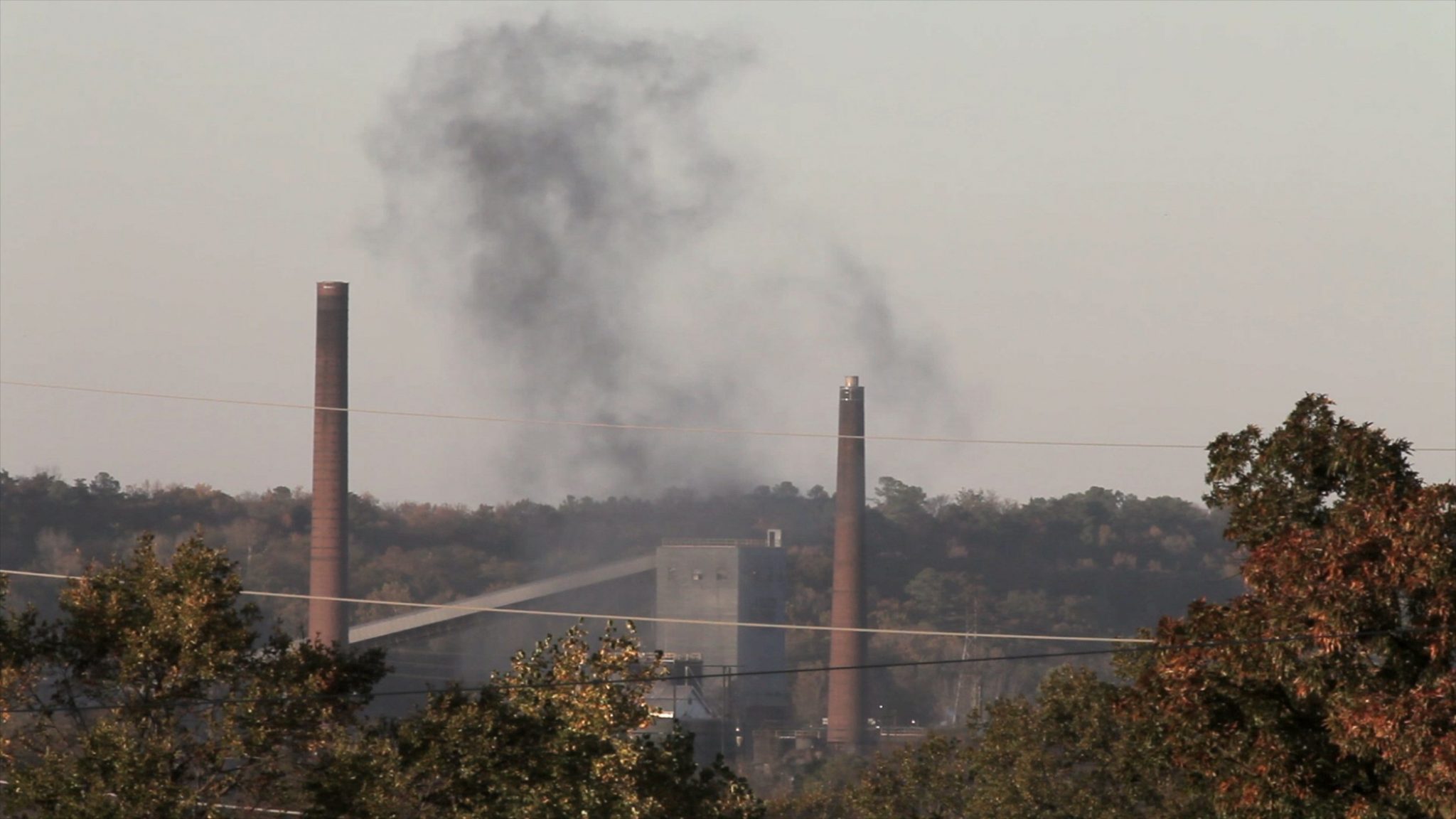Study: Air Pollution is Deadly
A study recently published in the journal PLOS Medicine confirms what we already know: air pollution is hazardous to human health. Specifically, the authors found that fine particulate matter was responsible for more than 30,000 deaths in the U.S. in 2015, lowering national life expectancy by approximately 0.15 years.
What is fine particulate matter?
Fine Particulate Matter (PM2.5), or particle pollution, includes microscopic droplets of solids and liquids that are suspended in the air. It is emitted from industry, power plants, transportation, and other sources. These particles are very harmful to health, according to the Environmental Protection Agency. When a person inhales particulate matter, it can lodge deep in the lungs and contribute to major respiratory illnesses. Fine particulate matter can also get in the circulatory system and wreak havoc on the cardiovascular system.
What did they study?
The team of researchers used “vital registration and population data,” nationally and at the county level, from 1999 to 2015 (excluding Alaska and Hawaii). Their data included information about sex, age, and underlying cause of death, and county of residence. The authors looked at per capita income, community poverty levels, race, education, smoking rates, and weather data as well. They used this information to model mortality and life expectancy loss due to exposure to PM2.5 and deaths due to cardiorespiratory diseases. They were also able to estimate benefits of pollution reductions since 1999.
What did they find?
It should come as no surprise that fine particulate matter concentrations declined from 1999 to 2015 as a result of more stringent air quality standards. Life expectancy increased during the same period as well. The researchers found that even though concentrations had declined, PM2.5 emissions still resulted in thousands of deaths in 2015 — 15,612 deaths in women and 14,757 in men.
The greatest life expectancy loss was in the Los Angeles area and in Southern states (i.e., Arkansas, Oklahoma, and Alabama). The researchers found greater impacts in counties with lower income and higher poverty compared with wealthier counties, as well as disproportionate meaning air pollution has a disproportionate impact on poor communities. In other words, research continues to show that not only is air pollution deadly but it impacts economically and racially disadvantaged communities more.
The American Lung Association’s 2019 State of the Air report ranked Jefferson County, Ala., as the 14th worst in the U.S. for year-round particle pollution.



